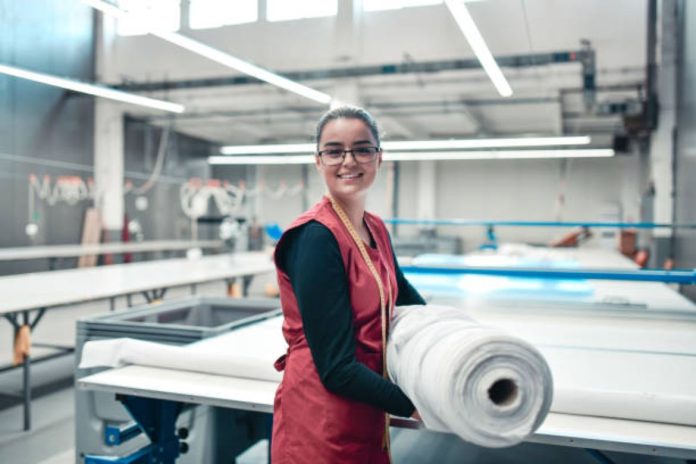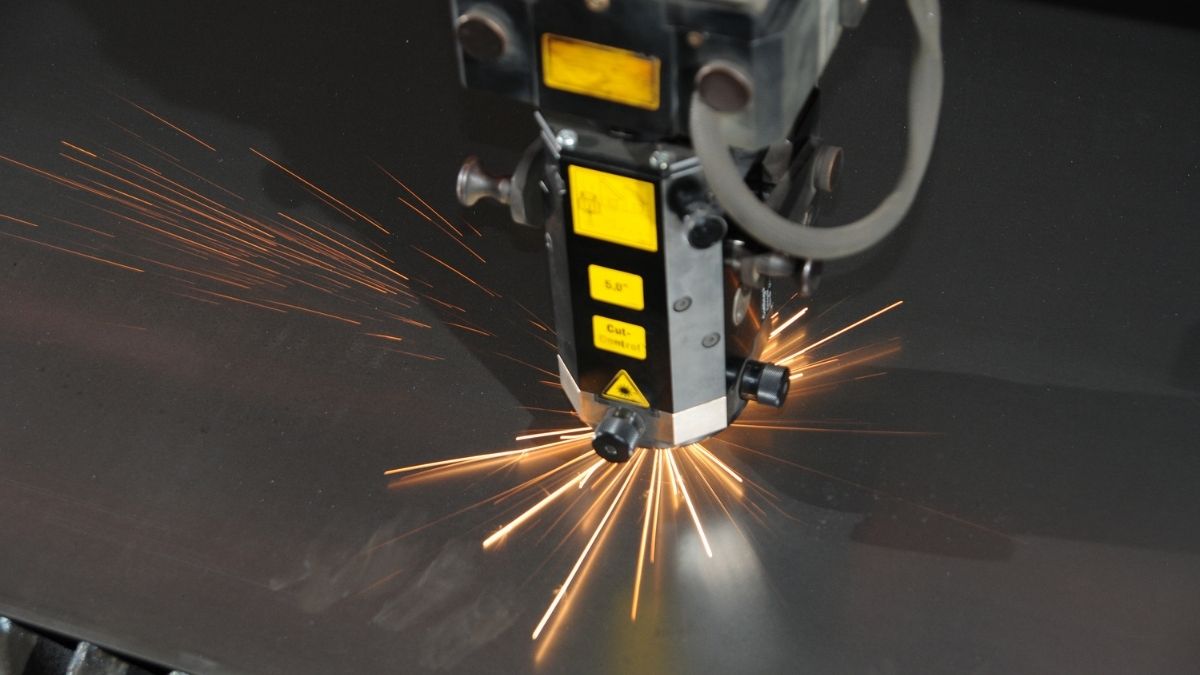The world of textiles is undergoing a seismic shift. Gone are the days when fabrics were simply materials used for clothing and upholstery. Today, smart industrial fabrics are redefining how textiles function, bringing intelligence, interactivity, and enhanced performance to industries ranging from healthcare to aerospace.
As we step into the future, these high-tech materials are set to revolutionize industrial applications, offering benefits like real-time monitoring, automation, and adaptive performance. Whether it’s self-healing materials, fire-resistant fabrics, or textiles embedded with sensors, smart industrial fabrics are transforming the way businesses operate.
What Are Smart Industrial Fabrics?
Smart industrial fabrics integrate advanced technologies such as nanotechnology, conductive fibers, and embedded sensors to create textiles that respond to environmental changes or external stimuli. These fabrics can adjust to temperature variations, monitor body vitals, or even change their properties in real-time based on external inputs.
Unlike traditional industrial textiles, smart fabrics offer functionality beyond durability and strength. They provide enhanced safety, automation, and efficiency—features that industries today actively seek to optimize operations and improve productivity.
Key Features of Smart Industrial Fabrics:
Sensing Capabilities: Detect changes in temperature, pressure, or movement
Energy Generation: Convert mechanical movements into electrical energy
Self-Healing Properties: Repair minor damages without human intervention
Adaptive Responses: React to environmental changes, such as heat or moisture
Wireless Connectivity: Enable real-time data transmission and monitoring
How Smart Fabrics Are Reshaping Industries
The adoption of smart industrial fabrics is spreading across multiple industries, each benefiting from their unique properties. Let’s take a closer look at some of the key sectors leveraging this innovative textile revolution.
1. Healthcare & Medical Textiles
In the healthcare sector, wearable smart textiles are making waves. Imagine hospital gowns that monitor vital signs or bandages that detect infection levels. Smart fabrics are already being used to develop pressure-sensing hospital beds that adjust automatically to prevent bedsores and compression garments that monitor circulation in patients with vascular conditions.
Moreover, antibacterial and antiviral smart fabrics are gaining traction, ensuring better hygiene and safety in hospitals. With advancements in biometrics and nanotech-infused fabrics, the future of patient care looks more connected than ever.
2. Aerospace & Defense
The aerospace and defense industries rely heavily on high-performance textiles. Smart industrial fabrics are being used to create self-repairing uniforms that fix minor tears, flame-resistant suits for firefighters, and even space suits embedded with real-time health monitoring sensors.
Additionally, lightweight, high-strength smart composites are being integrated into aircraft interiors and parachutes, improving durability while reducing weight—an essential factor in aviation.
3. Automotive & Transportation
The automotive industry is embracing smart fabrics in several innovative ways. Future car interiors will feature temperature-sensitive seats, which adjust warmth based on body temperature, and self-cleaning upholstery that repels stains and odors.
Additionally, wearable smart textiles for drivers are in development, capable of monitoring fatigue levels and alerting them before drowsiness sets in. With the growing trend of electric and autonomous vehicles, smart industrial fabrics are playing a crucial role in enhancing driver and passenger experience.
4. Construction & Protective Gear
In construction and heavy industries, safety is a top priority. Smart industrial fabrics are helping to develop impact-resistant workwear that absorbs shock from falls or accidents. Workers are now equipped with smart helmets and jackets embedded with temperature and motion sensors to detect potential hazards in real time.
These fabrics are also making buildings smarter. Temperature-regulating curtains and self-cleaning glass fabrics are being designed to optimize energy efficiency in modern structures, reducing maintenance and utility costs.
5. Sports & Fitness
The fitness industry has been quick to adopt smart textiles. From moisture-wicking athletic wear to clothing with built-in biometric sensors, smart industrial fabrics are reshaping how athletes train. Smart compression gear can track muscle activity, while temperature-regulating fabrics keep the body cool during intense workouts.
Professional sports teams are integrating wearable smart textiles into training programs to monitor players’ performance, prevent injuries, and optimize recovery. With advancements in AI and IoT, the fusion of textiles and fitness tech is only set to grow.
Future Trends in Smart Industrial Fabrics
The evolution of smart industrial fabrics is just beginning. As technology continues to advance, we can expect even more groundbreaking innovations in the coming years. Here are some trends to watch:
AI-Enabled Smart Textiles – Fabrics that can analyze and predict environmental conditions and adjust accordingly
Sustainable Smart Textiles – Development of biodegradable, eco-friendly smart fabrics
Energy-Harvesting Textiles – Materials that generate electricity from movement or body heat
Smart Textile-Based Wearables – Fully integrated clothing with biometric monitoring for everyday use
With 5G and IoT connectivity, the integration of smart fabrics into everyday industrial applications will become more seamless, opening new possibilities across multiple industries.
Final Thoughts: Why Businesses Must Invest in the Industrial Fabric Market
The rapid advancements in smart industrial fabrics present a massive opportunity for businesses looking to stay ahead in an increasingly technology-driven world. Companies investing in the Industrial Fabric Market can capitalize on the growing demand for high-performance, sustainable, and smart textiles that drive efficiency, safety, and innovation.
From healthcare to construction, aerospace to automotive, smart industrial fabrics are shaping the future of multiple industries. The question is no longer if businesses should adopt this technology—but how fast they can integrate it into their operations.
As the Industrial Fabric Market continues to evolve, early adopters will gain a significant competitive advantage. Whether it’s enhancing worker safety, improving product longevity, or integrating real-time data monitoring, the future belongs to those who embrace the next generation of industrial fabrics.
Are you ready to be part of this revolution?









